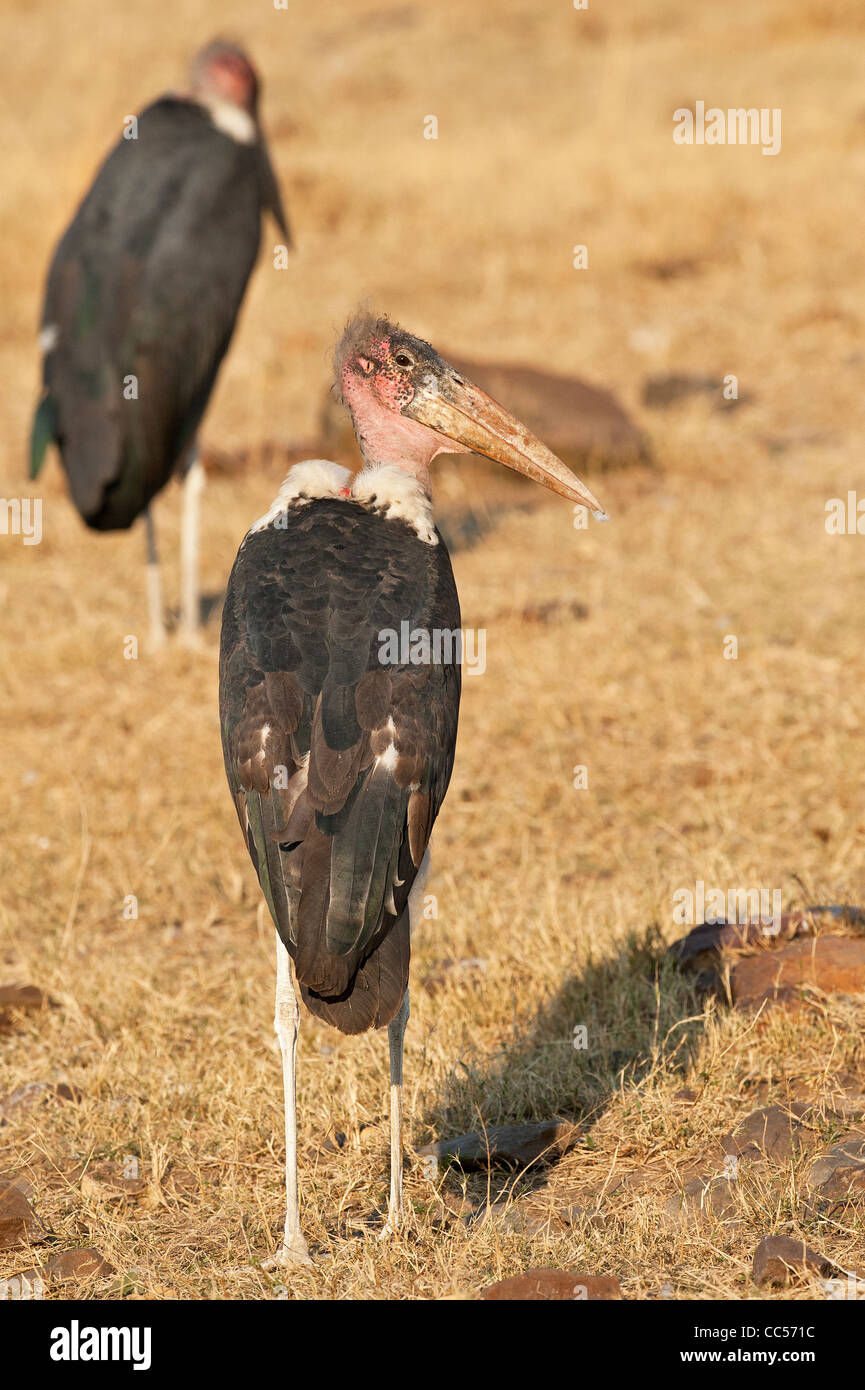

_Head.jpg)
There is some support for having a specialized microbiome, having enhanced immunologic defenses, avoiding rotten food, and maintaining a low gastric pH to eliminate pathogens. With the exception of food washing, none of these hypotheses have been properly evaluated as an adaptation to avoid sickness from carrion. We found no support that using urine to sterilize carcasses, having bald heads, eating rapidly, or food-washing behavior reduced disease risk in carrion eaters. We conducted a systematic review of the literature and found correlative support for four of the eight hypotheses but limited evidence of systematic studies of the hypotheses. Eight hypotheses have been suggested to explain how scavengers avoid becoming sick from their diet. Hit: 7 (2d4 + 2) piercing damage.Species that scavenge on dead animals are exposed to enhanced disease risks. Melee Weapon Attack: +4 to hit, reach 5 ft., one target. The target can repeat the saving throw at the end of each of its turns, ending the poison on itself on a success.īite. Until this poison ends, the target is paralyzed. Hit: 4 (1d4 + 2) poison damage, and the target must succeed on a DC 13 Constitution saving throw or be poisoned for 1 minute.

Melee Weapon Attack: +8 to hit, reach 10ft., one creature. The carrion crawler makes two attacks: one with its tentacles and one with its bite. The carrion crawler can climb difficult surfaces, including upside down on ceilings, without needing to make an ability check. The carrion crawler has advantage on Wisdom (Perception) checks that rely on smell. Senses darkvision 60 ft., passive Perception 13 The monster then resumes patrolling its territory while waiting for its meal to ripen. Once a victim goes rigid with paralysis, the carrion crawler wraps it with its tentacles and drags it away to a high ledge or isolated passageway, where it can be killed safely. When facing potential prey or intruders, a carrion crawler lets its poison do the work. Despite their great size, carrion crawlers can also easily set up ambushes by waiting around blind corners for prey to come to them. A carrion crawler might follow a light source from a distance for hours, hoping to pick up the scent of blood. Whether in subterranean darkness or while hunting at night, light signals a potential meal. In this way, they avoid contact with oozes, otyughs, and other dangerous inhabitants of the darkness, even as they surprise potential meals that don’t think to look up. In tunnels or ruins, carrion crawlers scurry across the ceiling as they move toward food. Caves, sewers, dungeons, and forested marshes are their favored lairs, but carrion crawlers are also drawn to battlefields and cemeteries.Ī carrion crawler roams on the hunt, its tentacles probing the air for the scent of blood or decay. These foul creatures thus hunker down in territories where death is plentiful and other carrion eaters have limited mobility. A carrion crawler follows the scent of death to its food, but it prefers not to compete with other scavengers. They aggressively attack any creature that trespasses on their territory or disturbs their feasting.Ĭarrion Eaters.

Carrion crawlers scour putrid flesh from carcasses and gobble the slimy bones that remain.


 0 kommentar(er)
0 kommentar(er)
